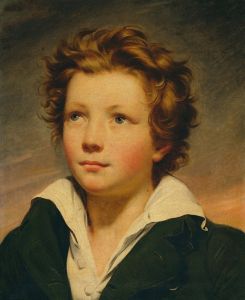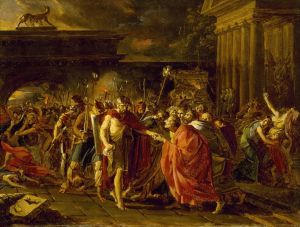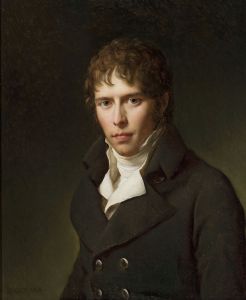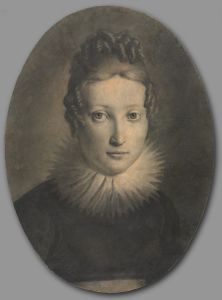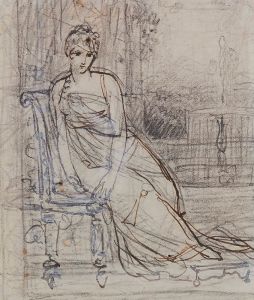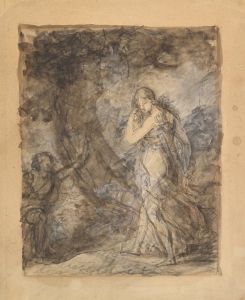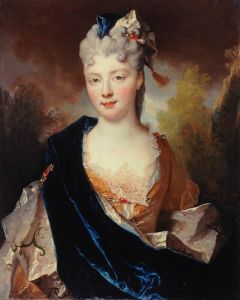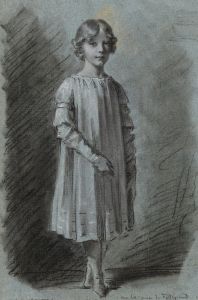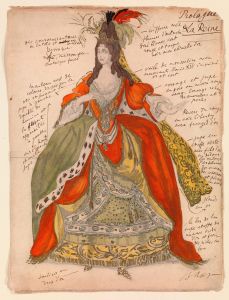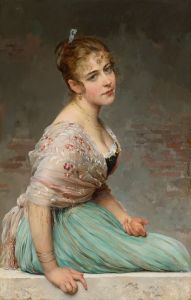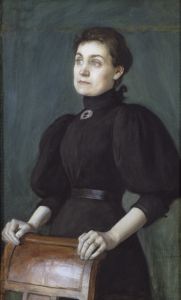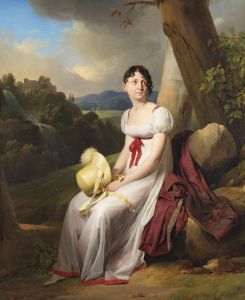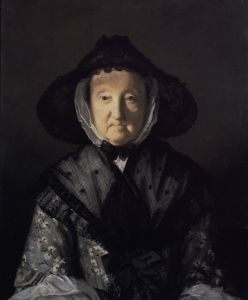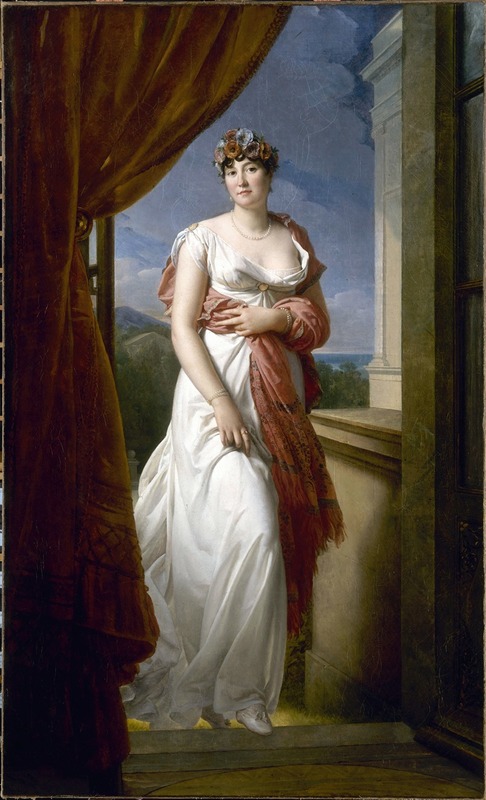
Portrait Of Theresia Cabarrus , Wife Tallien, Then Princess Of Caraman-Chimay
A hand-painted replica of François Gérard’s masterpiece Portrait Of Theresia Cabarrus , Wife Tallien, Then Princess Of Caraman-Chimay, meticulously crafted by professional artists to capture the true essence of the original. Each piece is created with museum-quality canvas and rare mineral pigments, carefully painted by experienced artists with delicate brushstrokes and rich, layered colors to perfectly recreate the texture of the original artwork. Unlike machine-printed reproductions, this hand-painted version brings the painting to life, infused with the artist’s emotions and skill in every stroke. Whether for personal collection or home decoration, it instantly elevates the artistic atmosphere of any space.
François Gérard's "Portrait of Theresia Cabarrus, Wife Tallien, Then Princess of Caraman-Chimay" is a notable example of early 19th-century portraiture, capturing the elegance and poise of one of the era's most intriguing figures. François Gérard, a prominent French painter, was renowned for his ability to convey the grace and sophistication of his subjects, and this portrait is no exception.
Theresia Cabarrus, also known as Madame Tallien, was a significant figure in French society during the tumultuous years of the French Revolution and the Napoleonic era. Born in Spain in 1773, she was the daughter of François Cabarrus, a wealthy financier. Her beauty and charm quickly made her a prominent socialite in Paris. She became closely associated with the revolutionary government and was known for her influence in political circles.
The portrait by Gérard depicts Theresia during a period when she was married to Jean Lambert Tallien, a leading figure in the French Revolution. Tallien was instrumental in the fall of Maximilien Robespierre, and Theresia herself played a role in the political machinations of the time, earning her the nickname "Our Lady of Thermidor" for her involvement in the events leading to Robespierre's downfall.
In the painting, Gérard captures Theresia's refined elegance and her status as a fashionable and influential woman. She is portrayed with a serene expression, her attire reflecting the neoclassical style that was popular during the period. The use of soft colors and delicate brushwork highlights her beauty and the luxuriousness of her clothing, which would have been indicative of her social standing.
After her marriage to Tallien ended, Theresia married François Joseph Philippe de Riquet, the Prince of Chimay, thus becoming the Princess of Caraman-Chimay. This change in her title is reflected in the full name of the portrait. Her life continued to be one of social prominence, and she remained a celebrated figure in European high society.
Gérard's portrait is not only a testament to his skill as a portraitist but also serves as a historical document, offering insight into the fashion, culture, and personalities of the time. The painting is part of Gérard's broader body of work, which includes portraits of many notable figures of the Napoleonic era, including Napoleon himself and other members of the imperial court.
The portrait of Theresia Cabarrus by François Gérard remains an important piece in the study of art history, illustrating the intersection of art, politics, and society during a dynamic period in European history. It is a reflection of both the personal story of Theresia and the broader historical context in which she lived, capturing the essence of a woman who was both a participant in and a witness to the dramatic changes of her time.






